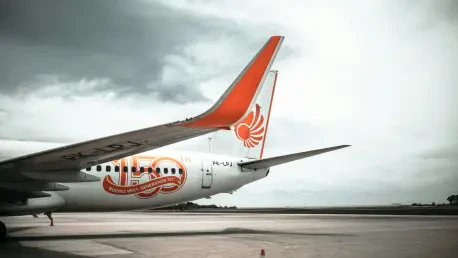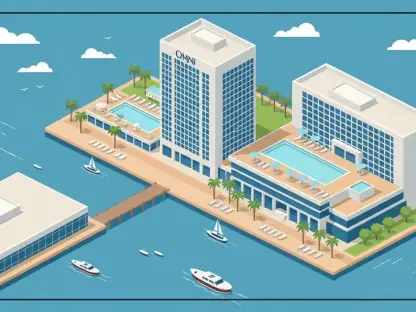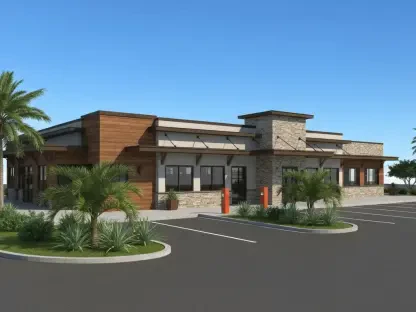In the ever-evolving field of aviation technology, ForsaTEK 2025 has emerged as a pivotal platform for innovations that are set to transform the industry. Spearheading these conversations is Katarina Railko, a renowned expert in hospitality and technology. Her insights into the event’s impact, showcased advancements, and strategic partnerships provide a window into the future of aviation.
Can you explain the main objectives of the ForsaTEK 2025 event?
The main goals of ForsaTEK 2025 revolved around leveraging cutting-edge technology to push the aviation industry forward. The event was designed to be a hub for discussions on AI, robotics, and IoT, and how these innovations could fundamentally alter aviation operations. By bringing together experts from various sectors, ForsaTEK aimed to foster an environment ripe for showcasing both early research and fully developed solutions.
How important is the role of partnerships in ForsaTEK 2025?
Partnerships were absolutely crucial at ForsaTEK 2025. They served as the backbone for many of the technological advancements presented. Significant collaborations not only helped to highlight innovative technologies but also facilitated the sharing of knowledge and resources. These alliances ensure that the developments shown at the event are not mere theoretical concepts but are backed by solid technical support and mutual objectives.
What fully launched initiatives were presented at ForsaTEK 2025?
One of the standout fully launched initiatives was the advanced autonomous system by Transguard and Emirates Group Security. It’s an impressive leap forward in airport security technology. Additionally, dnata Cargo showcased an autonomous drone system that streamlines inventory validation processes, promising substantial improvements in efficiency and accuracy.
Could you provide more details about the Trial Zone showcased at the event?
The Trial Zone was particularly intriguing as it emphasized accessibility in aviation. It featured remarkable initiatives like Glidance’s self-guided mobility aid, which provides a more seamless travel experience for visually impaired passengers. These innovations are not just technologically advanced, but they are also fundamentally human-centered, aiming to make air travel more inclusive for everyone.
What was the purpose of the Pitch Zone, and what kinds of ideas were presented?
The Pitch Zone served as a dynamic stage for start-ups to present their pioneering ideas. With 13 start-ups participating, a diverse range of concepts was exhibited, from novel approaches to passenger experience to breakthrough technological tools. This zone is crucial in nurturing innovation and attracting investment, as it connects budding entrepreneurs with the industry’s leading figures and decision-makers.
Sheikh Ahmed bin Saeed Al Maktoum mentioned continuing support for innovations. Can you expand on how the Emirates Group plans to support startups and scale up innovations?
The Emirates Group is strategically positioned to support burgeoning innovations through a range of initiatives. This includes creating partnerships with technology developers, providing financial and infrastructural support to promising start-ups, and ensuring a robust network for scaling novel ideas. This approach not only emboldens new talent but also integrates innovative solutions into existing frameworks.
Which session or showcase stood out the most to you personally at the event?
Personally, I was most captivated by the AI-enabled aircraft turnaround analysis showcased by Emirates Airport Services. It left a lasting impression because of its potential to revolutionize operational efficiency. The practical applications of this technology are vast, and I foresee its adoption in airports around the world could significantly reduce delays and increase safety standards.
Do you have any advice for our readers?
For those keen on exploring or investing in aviation technology, immerse yourselves in the dynamic world of innovations like those presented at ForsaTEK 2025. Stay curious, network with industry leaders, and keep an eye on emerging trends, as these will be the drivers of future advancements in aviation.









